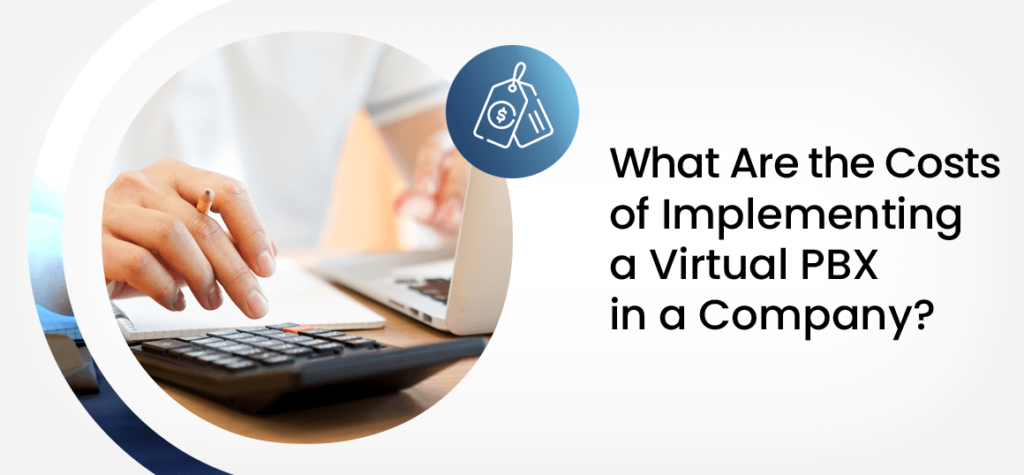What Are the Costs of Implementing a Virtual PBX in a Company?

A virtual PBX is a tool used by small and large companies as well as international corporations to expand and enhance their communication infrastructure. It operates using the cloud, is scalable and can be quickly and easily implemented. What costs are associated with setting up a VoIP PBX? What should be considered? What are the possibilities?
Virtual PBX – Basic Information
Compared to traditional on-premise PBX systems, a cloud-based PBX significantly reduces the costs associated with maintaining a helpline. The main functions of a VoIP PBX include:
- Call forwarding,
- Call queuing,
- Creating voice prompts (IVR),
- Receiving faxes without the need for (and purchase of) a physical fax machine.
Additionally, a VoIP PBX is known for its extensive and straightforward configuration. With an intuitive drag & drop technique, users can manage the virtual PBX from anywhere with internet access. The VoIP PBX is designed for simple and quick implementation, regardless of the number of lines and additional functionalities. What does this mean in practice? Whether implemented in a micro-enterprise or a large corporation, the entire process runs smoothly and efficiently.
Cloud-Based PBX – Key Benefits
A VoIP PBX offers several practical benefits that improve both efficiency and comfort in daily use. All functionalities can be utilized immediately after implementing the virtual PBX.
- In addition to voice prompts, call queuing and faxing, other functionalities include internal numbers for each employee and free calls within the company.
- Another benefit is the ability to group numbers, particularly useful for medium and large companies.
- Efficient data exchange is also significant. Customers receive detailed feedback on their inquiries (e.g., orders or complaints) thanks to PBX integration with CRM.
- Managing and making changes to the virtual PBX does not require technical skills. The graphical interface ensures simple and intuitive operation.
- Another advantage is the ability to send SMS messages to all individuals who want to contact the company. This practical tool is especially useful during temporary company closures.
VoIP PBX – Implementation Costs
Implementing a cloud-based virtual PBX does not entail entry costs, meaning there is no need to invest in infrastructure (or modify it), such as special phones and cabling. An online PBX requires only a stable internet connection to function correctly. In most cases, small, medium and large companies already have a local network, which is sufficient to run a VoIP PBX. The choice of a specific tariff plan should be individually tailored to each company. If a future change is necessary, it can be easily done. The basic tariff plan is designed for micro-enterprises using only one line. It includes a virtual fax and PBX. The price of the cheapest plans starts at several dozen PLN net per month.
Virtual PBX – Additional Tariff Plans
Other packages include more lines and additional features that enhance the capabilities of the VoIP PBX. Plans with 2 or 4 phone lines offer over 1,000 free minutes and temporary or permanent access to a virtual office. These packages cost up to several dozen PLN net per month. More extensive plans providing 8 lines include call queuing, useful IVR statistics and several thousand free minutes. Additionally, some plans offer SIP Trunk, a modern replacement for traditional (digital) lines, enabling many voice calls simultaneously via a virtual channel. These extensive packages cost several hundred PLN net per month (the final amount depends mainly on the number of lines). For companies with more than 25 phone lines, a custom offer is prepared, containing only the essential elements needed by the company. Regardless of the chosen tariff plan, the improvement in helpline efficiency is noticeable from the first day of implementation.
